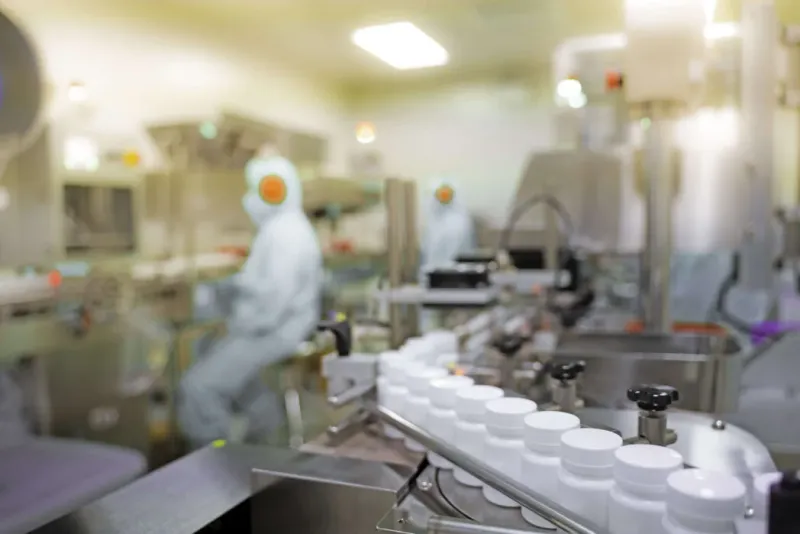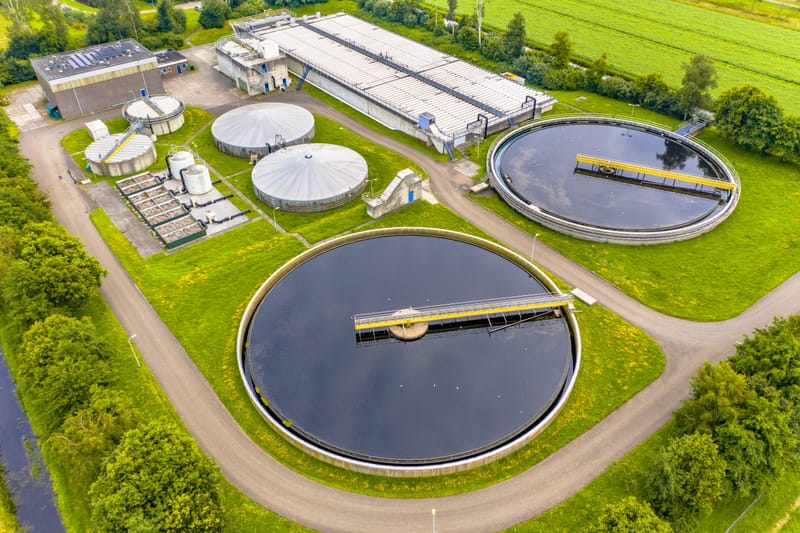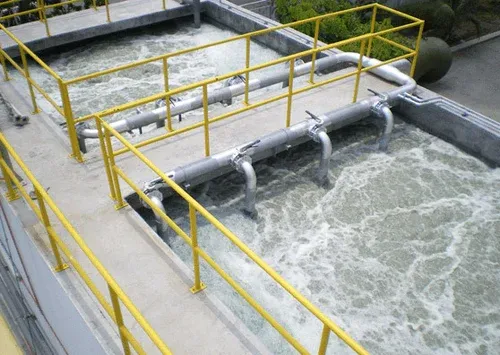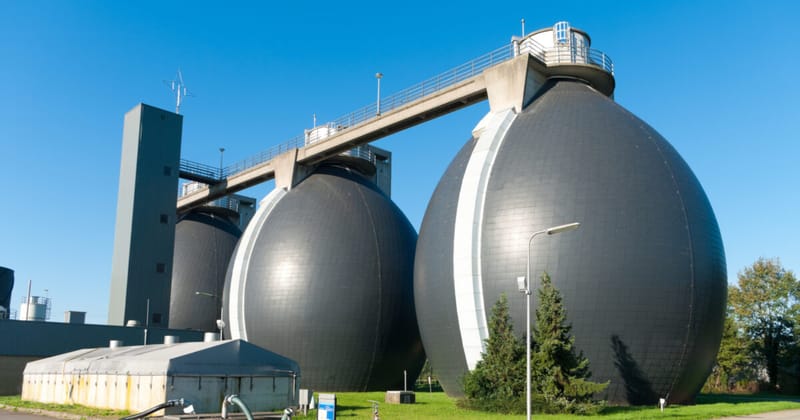Pharmaceutical Wastewater Treatment: A Complex Challenge with Diverse Solutions
Contents
Introduction to Treatment of Pharmaceutical Wastewater
The treatment of pharmaceutical wastewater stands as a critical environmental and public health concern. This wastewater contains a mix of pharmaceuticals and their metabolites, organic solvents, heavy metals, and nutrients, posing a significant risk to aquatic ecosystems and contributing to the growing issue of antimicrobial resistance. The complexity and variability of these contaminants demand a sophisticated and multifaceted approach to treatment.

Challenges and Considerations
The treatment of pharmaceutical wastewater presents a unique set of challenges that stem primarily from its complex and variable composition. This complexity is a direct result of the diverse range of production processes and the various types of medications produced, each contributing a different mix of contaminants to the wastewater. The introduction of new pharmaceutical compounds into the market adds another layer of complexity, necessitating constant innovation and adaptation in treatment methodologies to address these emerging contaminants effectively.
Another significant hurdle is the economic aspect ofwastewater treatment. For many facilities, particularly smaller ones with limited budgets, finding a treatment solution that is both effective and cost-efficient can be challenging. This balance is crucial to ensure that operations remain viable without compromising on the quality of wastewater treatment, which is essential for meeting regulatory standards and protecting public health and the environment.
Regulations and Standards
To minimize the environmental impact of pharmaceutical wastewater, stringent regulations and discharge limits are enforced globally. These regulations are designed to ensure that treated wastewater does not harm aquatic ecosystems or contribute to pollution. However, these standards are not uniform; they vary significantly by region and are often tailored to address the specific environmental concerns and the types of pharmaceuticals produced in that area. This variability underscores the necessity for customized treatment approaches that can meet local regulatory requirements while effectively managing the unique contamination profile of the wastewater.
Extensive Treatment Methods
Pre - Treatment level
Theinitial treatment phaselays the groundwork for the entire wastewater treatment process by executing several crucial actions designed to prime the wastewater for more rigorous treatments later on. These actions encompass:
Screening and Filtration: Vital for eliminating large particulate matter and suspended solids that might disrupt further treatment phases.
Equalization: Aims to normalize fluctuations in wastewater volume and composition, guaranteeing a steady and controllable progression into further treatment steps.
Neutralization: The adjustment of wastewater pH is pivotal for enhancing the performance of biological treatment stages and creating optimal conditions for the beneficial microorganisms involved.
Primary Treatment
At the primary treatment level, sedimentation is employed to facilitate the settling of solids from the wastewater. This crucial phase significantly lightens the load on the treatment infrastructure, purifying the water and setting the stage for subsequent biological treatment methods.
Secondary Treatment
This phase is key to the degradation of the majority of organic substances, including specific pharmaceuticals. It incorporates:
Activated Sludge Process and Anaerobic Digestion: Utilizing microorganisms to decompose organic contaminants. The selection between aerobic (activated sludge) and anaerobic (digestion) techniques is based on the wastewater's unique attributes and the desired outcomes.
Membrane Bioreactors (MBRs):MBRs merge biological decomposition with membrane filtration, achieving a comprehensive removal of pollutants. This approach is notably suited to pharmaceutical wastewater due to its proficiency in handling a broad spectrum of pollutants.
Advanced Treatment
Advanced treatment approaches are harnessed to address pollutants that withstand primary and secondary treatment phases, including:
Activated Carbon Adsorption: Exceptionally effective in extracting residual organic substances and certain pharmaceuticals resilient against biological treatment.
Ozonation and Advanced Oxidation Processes (AOPs): Utilizing ozone, ultraviolet light, or other oxidants to dismantle complex organic molecules, transforming persistent pharmaceutical compounds into less harmful entities.
These treatment stages are integral to the detailed management of pharmaceutical wastewater, tackling an extensive array of contaminants to ensure the treated water adheres to the requisite regulatory standards for discharge or further use.

Innovative Wastewater Treatment Approaches
Moving Bed Biofilm Reactor (MBBR)
The Moving Bed Biofilm Reactor (MBBR) stands out as a robust biological treatment strategy, ideal for wastewater laden with abundant organic matter. This method employs tiny, buoyant plastic media that serve as platforms for biofilm development. As the wastewater circulates through these media, the biofilm effectively absorbs and metabolizes organic contaminants, purifying the water. Recognized for its capacity to handle high concentrations of organic pollutants, MBBR offers the benefits of adaptability and scalability, easily adjusting to fluctuating wastewater volumes.

Mechanical Steam Compression Vacuum Evaporators
Mechanical Steam Compression Vacuum Evaporators excel in treating diverse and challenging wastewater compositions. Operating under reduced pressure to decrease the boiling point, this method evaporates water at relatively low temperatures. The resultant vapor is compressed, then condensed back to water, effectively separating it from the concentrated waste. This technique is particularly effective for waste volume reduction, enabling the recovery of high-quality water for reuse and diminishing the amount of concentrated waste that requires disposal.
Anaerobic Digestion
Anaerobic Digestion is a noteworthy method for processing wastewater rich in biodegradable substances. This process utilizes microorganisms to decompose organic material in an oxygen-free environment, producing biogas—a renewable energy source composed of methane and carbon dioxide. The captured biogas presents an eco-friendly byproduct, transforming waste treatment into an energy-generating endeavor. Furthermore, anaerobic digestion minimizes waste volume, cuts down on greenhouse gas emissions, and yields a digestate beneficial as a soil amendment, highlighting its sustainability and multifunctionality.

Embracing a Holistic Approach
Treating pharmaceutical wastewater effectively demands a strategy that transcends reliance on a single technology. Given the diverse and resilient nature of pharmaceutical contaminants, a combination of biological, membrane-based, and chemical treatments is critical for addressing the wide array of pollutants. This integrated approach ensures a comprehensive cleanup, targeting the various contaminants with tailored solutions.
Progressive Solutions for Future Challenges
Innovation in Treatment Technologies
As the pharmaceutical industry evolves, introducing new compounds, the need for advanced treatment technologies becomes imperative. Continuous research and innovation are essential to develop methods capable of neutralizing newly emerging contaminants, ensuring the treatment processes remain effective against a changing landscape of pollutants.
Reducing Waste at the Source
Implementing strategies to minimize waste generation within pharmaceutical production can significantly alleviate the burden on wastewater treatment facilities. This proactive measure not only eases the treatment process but also contributes to environmental sustainability by reducing the ecological impact of pharmaceutical production.
Addressing Water Scarcity
The reuse of treated wastewater within the pharmaceutical industry offers a sustainable solution to water scarcity. By repurposing treated water for non-potable uses, industries can lessen their freshwater consumption, aiding in the conservation of precious water resources and achieving economic savings.
Conclusion
The ongoing challenge of pharmaceutical wastewater treatment requires a collaborative and comprehensive approach. By combining a broad spectrum of treatment options with a commitment to innovation and sustainability, it's possible to mitigate the environmental and health risks posed by pharmaceutical contaminants. This effort not only focuses on technological advancements but also emphasizes sustainable practices within pharmaceutical production and water management.